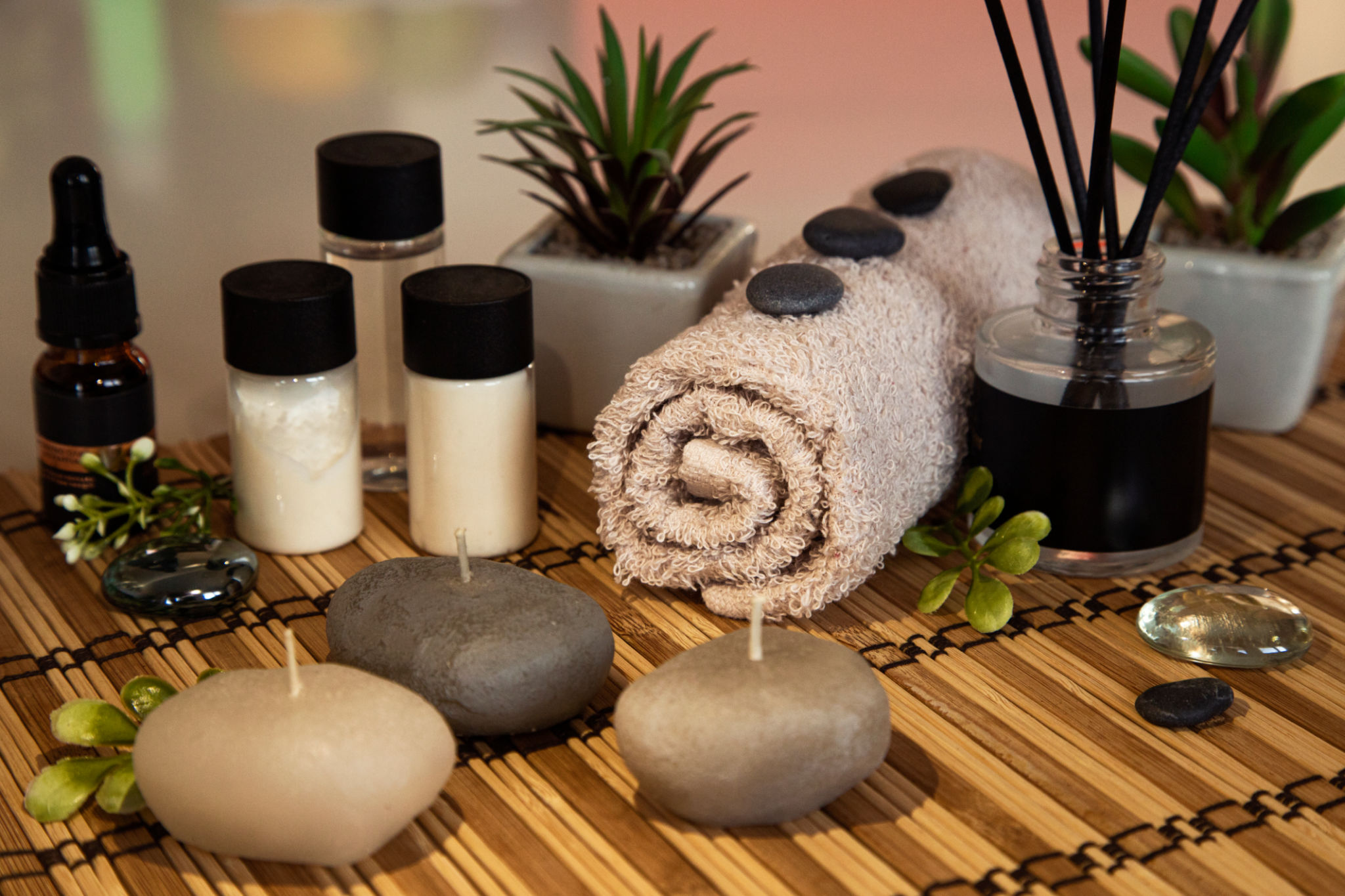Debunking Common Myths About Thai Massage
Understanding Thai Massage
Thai massage is a unique form of bodywork that has gained popularity worldwide. However, with its rise in popularity, several myths and misconceptions have emerged. This blog aims to debunk these myths and provide a clearer understanding of what Thai massage truly entails.
Derived from ancient traditions, Thai massage is often misunderstood as merely a relaxing spa treatment. In reality, it combines acupressure, Indian Ayurvedic principles, and assisted yoga postures to offer a holistic approach to wellness.

Myth 1: Thai Massage is Painful
Understanding the Techniques
A common myth is that Thai massage is inherently painful due to its deep tissue techniques. While it's true that Thai massage can be more intense than other forms, the intensity is adjustable. A skilled practitioner will always tailor the pressure to match your comfort level, ensuring a therapeutic experience rather than a painful one.
Communication between the client and the therapist is crucial. Clients are encouraged to speak up about their comfort levels, allowing the therapist to adjust techniques accordingly. This way, the massage remains both effective and enjoyable.

Myth 2: Thai Massage is Only for Flexibility
Beyond Flexibility
Another misconception is that Thai massage is solely for improving flexibility. While it does involve stretches similar to yoga, the benefits extend far beyond increased flexibility. Thai massage helps in improving circulation, boosting energy levels, and relieving stress, making it a comprehensive therapy for overall well-being.
Moreover, Thai massage is adaptable to various needs, catering to those seeking relaxation as well as those looking for relief from specific ailments or stress.

Myth 3: Thai Massage is Only for the Young and Fit
Inclusive for All Ages
Some people believe that Thai massage is only suitable for young and fit individuals due to its dynamic stretches and postures. However, Thai massage can be modified to suit people of all ages and physical conditions. Therapists can adjust the intensity and techniques to accommodate seniors or those with limited mobility.
The adaptability of Thai massage makes it accessible and beneficial for everyone, from athletes to the elderly, ensuring that all can enjoy its therapeutic advantages.
Myth 4: Thai Massage is Not a "Real" Massage
Recognizing its Authenticity
Lastly, some skeptics argue that Thai massage is not a "real" massage because it differs from Western massage techniques. This myth overlooks the rich history and cultural significance of Thai massage. Originating over 2,500 years ago, it is a respected practice rooted in ancient healing traditions.
Thai massage requires extensive training and knowledge, encompassing various techniques that focus on energy lines and pressure points to promote healing and balance in the body.
In conclusion, Thai massage is a highly beneficial practice often misunderstood due to prevailing myths. By debunking these myths, we hope to encourage more people to explore and appreciate the holistic benefits of this ancient art.